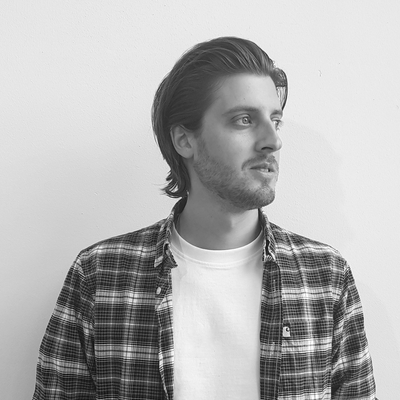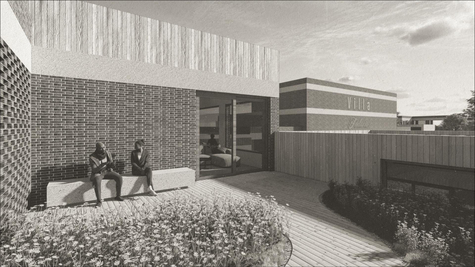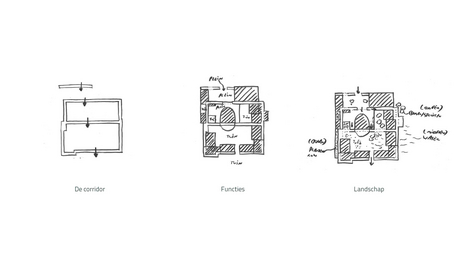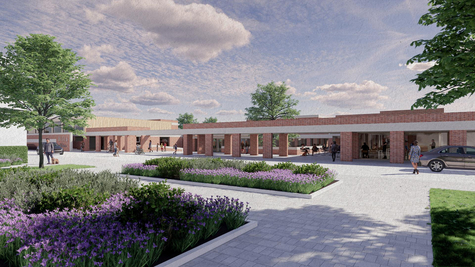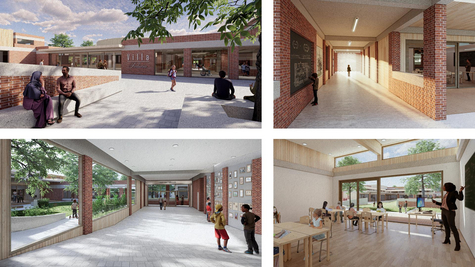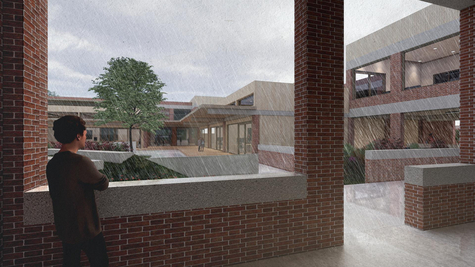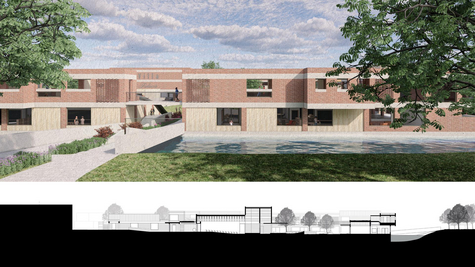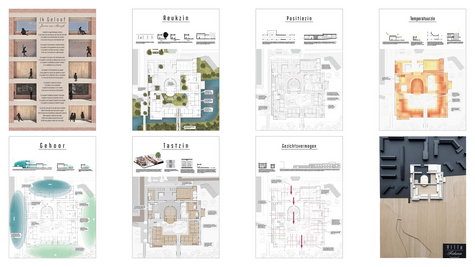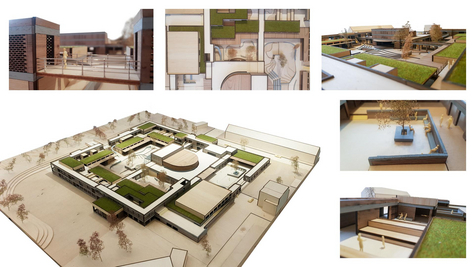Wouter van der Velpen
- Course
- Architecture
- Class
- 2021
Villa Fiducia
Looking for inclusion in architecture
Inclusion is one of the basic human needs. When we talk about the inequality and discrimination based on gender, disability, color, orientation, interests, ideas, social group, and everything that has to do with being yourself within a society. That everyone has the right to be different and special.
I believe that a big step is taken when a person encounters deviant people from his own social environment at a young age, learns to stand strong, learns that not everything has to be perfect, and a safe environment is offered.
I believe by continuing to ask questions and not build on certainty but on suspicion, inclusion can be achieved. Doubting and being open to new thoughts is the foundation of inclusion.
I've been looking for ways to improve accessibility, to increase inclusion. I have tried to do this by including the mental and the physical, the abstract and the tangible in every investigation. This has led to a Villa in which I have designed a fixed structure in combination with specific spaces and where the city (dynamic) and the park (calmness) merge. The senses are used to direct movements, transitions, obstacles, confidence, energy, and freedom.
Using time as a design tool is one of the most important discoveries during the process. It is necessary to make discoveries, to be challenged, to understand the atmosphere of the space and above all to have a dialogue with the design.
Time applies not only to the design process, but also to the design itself. Elements of architecture are not walls, floors and roofs. The elements are encounters, confrontations that integrate with memory and people need time to process this.
In Villa Fiducia I answered the question about the different users by looking at the sensory experience of the users and using the similarities between them as a basis. This results in a design that has a clear and recognizable structure, which provides tranquility and overview. Within this structure I adjusted what the user needs for each part of the Villa. The starting point is that the user has a quiet base from which the Villa can be discovered at his own possibilities and at his own pace. The transitions of this discovery happen gradually and without pressure with the senses as a means of facilitating the discoveries. An important part of this is to integrate time, spontaneity, and inconsistency so that the user is challenged and discovers that not everything has to be perfect and logical. These are the fundamentals of inclusive architecture.
As long as these parts form the basis of the design process, it doesn't matter how the architecture and appearance will form. The outcome is the result of the story. As Villa Fiducia is my story about inclusion in architecture.
Graduation date: 8 June 2021
Graduation committee: Marcel van der Lubbe (mentor), Jeroen Geurst, Frank Studulski
Additional members for the exam: Ard Hoksbergen, Albert Herder
